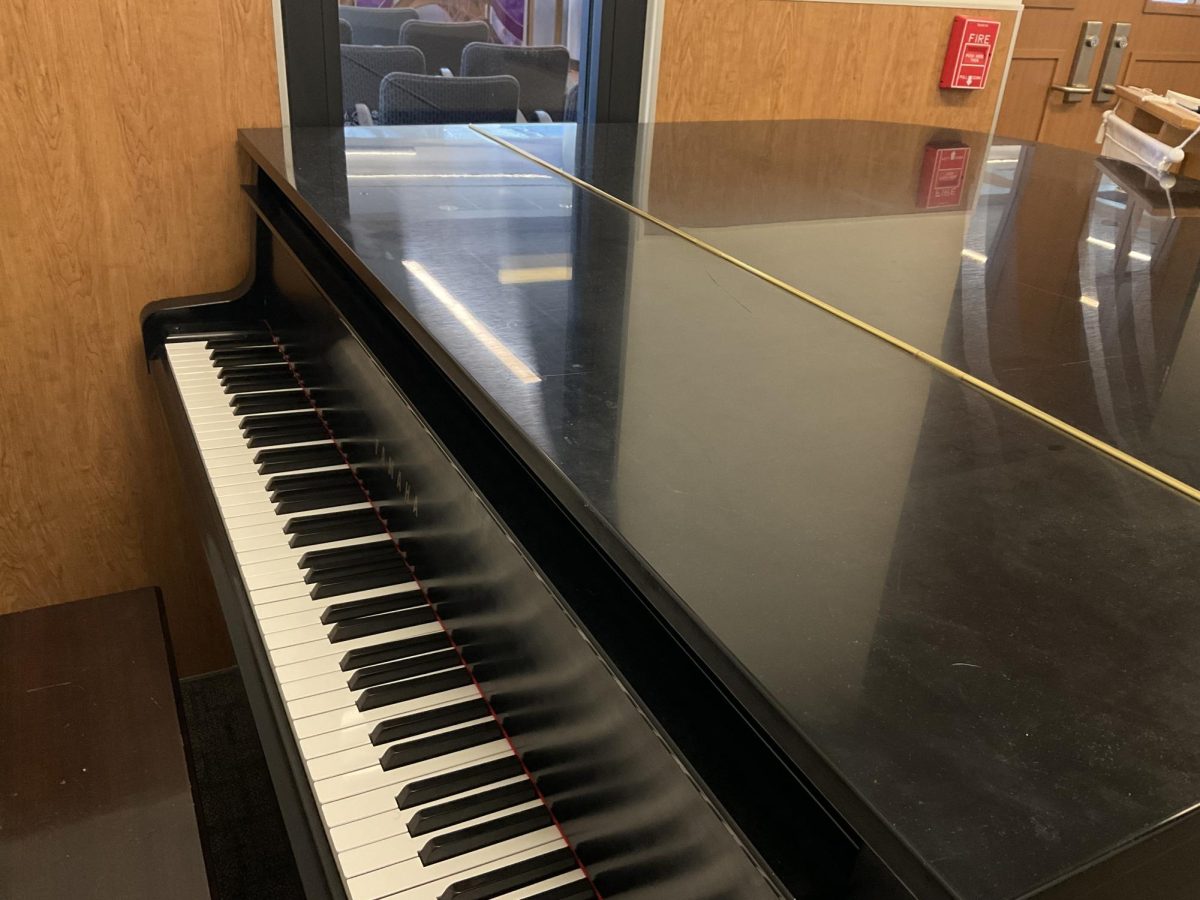Today, the grievances of fast fashion seem to deteriorate both the earth and its inhabitants’ morals. However, efforts to counteract the impacts of clothing overconsumption have been on the rise. To some, this effort is thrifting — purchasing second hand, pre-used items. In the past decade, thrifting has risen in popularity, particularly among teenagers and young adults.
“Thrifting is one of the best things to do with friends. It’s so fun to dig around in those stores until you find something you really want, and it can be so interesting to see what people have owned in the past,” said Jane Von Der Sitt, a senior at Walter Payton College Prep. Von Der Sitt, like many teens her age, often finds herself using thrifting as a pastime. “I could spend hours in a thrift store,” she added. To many, thrifting also grants individuals a sense of originality.
“When I’m wearing something I found at a thrift store and I’m asked where it’s from, it makes me so happy to say that it’s thrifted, because it’s unique to me,” said avid thrifter and Jones College Prep senior Julia Riesman. “Sometimes we just spend time scrambling and searching the internet to try and find out what I’m even wearing.”
The attractiveness in thrifting has driven an increase in business to Chicago employees. Eli, an employee at The Brown Elephant in Northalsted reported a “noticeable uptick in young people,” at the thrift store on Belmont. Eli affirmed that the popularity of thrifting is increasing due to its entertaining nature, while also adding another potential rationale.
“I partially think it’s due to inflation. The only way some people can afford ‘nice’ clothing is to do it thrifting,” he said. Many young people in college have turned to thrifting due to the recent rise of the glorification of excessively expensive “luxury” clothing. Thrifting provides a cheaper, more sustainable alternative. He added that people often look for “‘multiples’, like things that they can wear over and over.”
Isaiah Luat, employee at Vintage Frills in Logan Square, agreed with the idea that part of the increase in popularity is due to costs.
“The clothes we’ve been curating and our buyers have definitely shifted to a more highschool or eighteen/early twenties [demographic],” he said. “Nobody is going to buy full price items when we offer them at lower prices.” Luat also added that thrifting gives people a “third space” where they can look through clothes with friends, talk to workers, and escape other daily irritations. Luat emphasized the fact that this is a positive shift.
“The appreciation for second hand clothing and the breaking down of the stigma surrounding used clothes is so great to watch,” Luat said.
Social media has created encouragement for thrifting and supporting small vintage businesses. On TikTok in particular, the hashtag “thifttok” has gained traction in the past year. Under this hashtag, you can find influencers persuading their audiences to thrift, posting videos with headlines such as “Thrift Like a Pro,” where self proclaimed “pro-thrifters” teach their audience how to find exactly what they’re looking for. Other videos, like “Upcycling with vintage materials,” and “what I found at the binds today,” inspire individuals to combine the sustainable nature of thrifting and their own creativity.
As for suggestions for getting into thrifting, employees like Luat suggest “having an open mind,” because you “never know what you might end up liking.”







